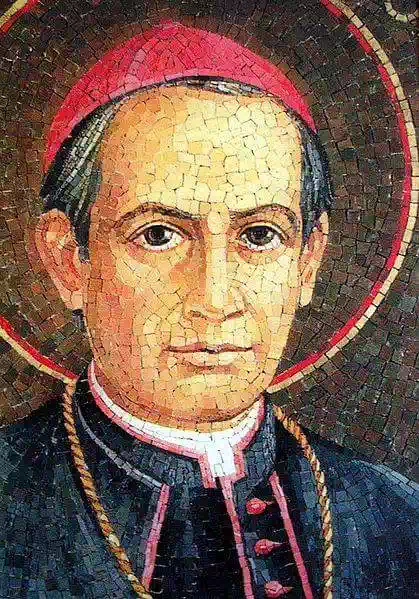St. Anthony Mary Claret
Biography of St. Anthony Mary Claret
Childhood and youth among looms
Among looms, Antonio Claret lays the foundations of his life. He lives within a family dedicated to textile manufacturing and, at 17, he goes to Barcelona to specialize in this field, placing him in the center of the industrial boom of the nineteenth century.
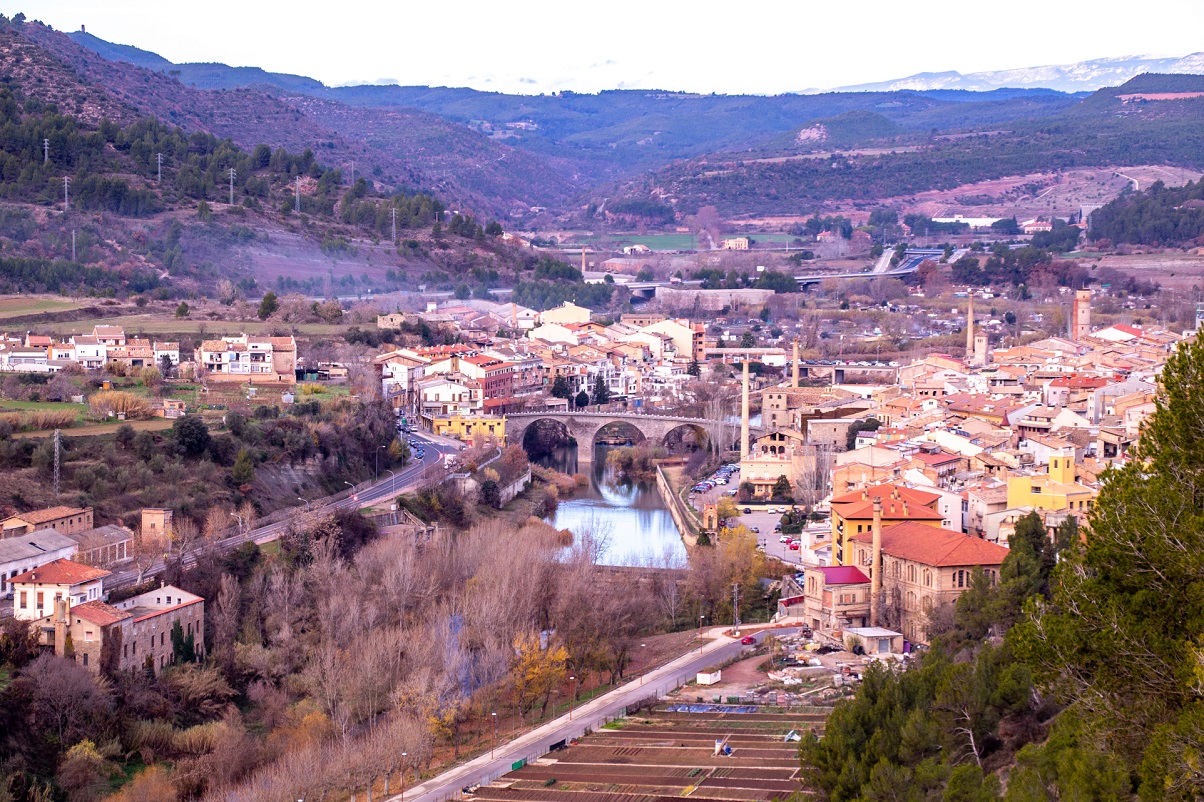
Antonio Juan Adjutor Claret Clará was born in Sallent (Barcelona), about 15 km from Manresa, on December 23, 1807, in a deeply Christian family. Two days later, on the feast of the Nativity of the Lord, his parents, Juan and Josefa, have him baptized in the parish church of Santa Maria. Antonio is the fifth of eleven children, of which five die before their fifth birthday. He grows in a home dedicated to textile manufacturing. Just a few months after his birth, the rhythmic beat of the looms is ruined by the outbreak of the French invasion and the War of Independence. The atmosphere of violence and insecurity does not overawe him; on the contrary, it strengthens his infantile temper. Although he is carried on someone’s shoulders to escape the fighting during the first years of war, when he is just four or five years old he is brave enough to accompany and guide his elderly grandfather who, being almost blind, was left behind in the darkness.
Little Anton finds peace of mind and strength in his friendship with Jesus, whom he encounters in the Eucharist, as well as in his devotion to the Virgin Mary, whose chapel in Fussimanya he often visits with her sister Rosa praying the rosary. His child’s heart is tender and touched the pain of others. At five years of age, he often thinks about the eternal misery of those who are condemned. This feeling made him eager to help everyone to live according to the will of God and thus avoiding eternal suffering.
At the age of twelve he hears God’s call to be a priest, so, his father puts him to study Latin. However, the school is unfortunately closed by government orders; so his father puts him to work at the family loom. Aware of his talent for manufacture, he goes to Barcelona for further training in the textile skill. He works and studies with such dedication that it soon becomes an obsession. His prayers become much shorter and less enthusiastic than they used to be in his childhood, although he still attends Sunday Mass and regularly prays the rosary. He gradually forgets his desire to be a priest, but God is leading him according to His plans.
The force of the Word of God leads him
The young Antonio wonders about his identity. Among many proposals for basing it on the progress and success, the Word of God moves him, it relocates him and sets him on the path of following Jesus missionary.
While living in Barcelona he suffers some hard disappointments: the betrayal of a friend who robs him and others, the seduction of a woman trying to get him to satisfy her passions and, above all, the shock of being about to get drowned at sea. The young Antonio experiences the closeness of the Virgin Mary, protecting him in temptations and saving him from death, and the power of the Word of God that upsets the comfortable world of his projects and dreams of success. The text of the Gospel “What will one gain by winning the whole world if he destroys himself?” (Mth16, 26) shakes his conscience. Despite some offers to set up his own factory, he refuses to satisfy his father’s wishes, and he decides to give everything up to become a Carthusian.
He entered the seminary of Vic at 22, without abandoning his intention to become a monk. On his way to the Cartuja de Montealegre the following year, a cold caught under a heavy storm forced him to retreat, and his dreams of a retired life began to fade. He continued his seminary studies in Vic. At that time, he suffers a strong temptation against chastity, in which he recognizes the maternal intercession of the Virgin Mary in his favour and above all the God’s will, who wants him to be a missionary, an evangelist.
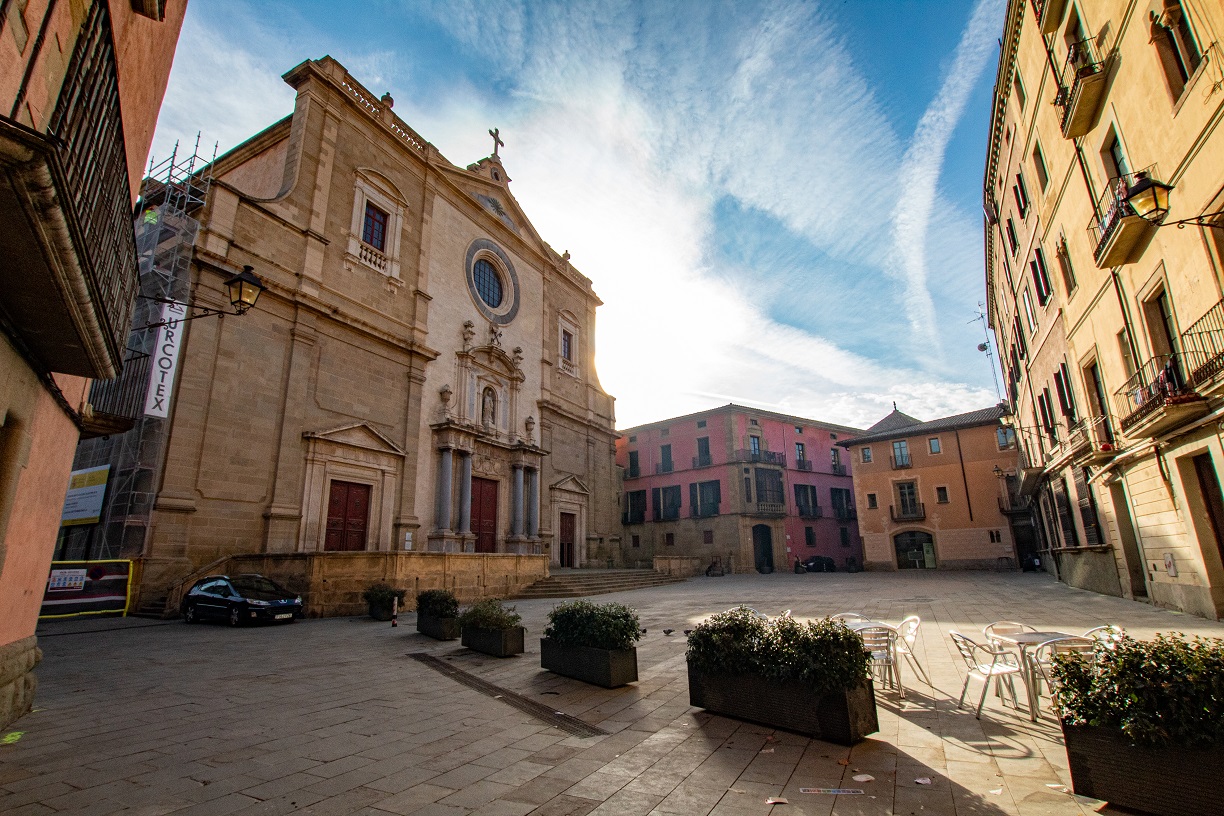
Although he had not completed his theological studies, on June 13, 1835 he was ordained a priest because his bishop, Paul of Jesus Corcuera, saw something extraordinary in his personality. He remains four years in Sallent, where he completes his studies and attends his hometown parish. The force of the Word of God again unsettles him; this time, he leaves the comfort of the parish and follows the call to evangelize as a missionary. The political situation in Catalonia, divided by the civil war between liberals and Carlists and the unstable situation of the Church under the constant pressure of the governing rulers, left no other solution to Antonio than to leave his homeland and offer his services directly to Propaganda Fide, then in charge of the task of evangelization in the whole world.
After a journey full of hazard, he finally arrives in Rome. He takes a few free days to do spiritual exercises with the Jesuits. The director encouraged him to apply for entrance in the Society of Jesus. In early 1840, four months after starting his novitiate, he suffers from severe pain in his right leg that prevents him from walking. God’s hand is felt. The Jesuit Father General, Jan Roothaan, says resolutely: “It is God’s will that you go soon back to Spain; do not be afraid; cheer up”.
Missionary with a bundle in Catalonia and the Canary Islands
A Bible, a change of clothes and a map is all that contained the bundle he used to carry in his countless missionary journeys. Poor and on foot, he walked across Catalonia and the Canary Islands; all folks recognized him by his poverty, his friendly style and his missionary passion.
Back in Catalonia, the chapter vicar of the diocese of Vic, Luciano Casadevall, sends him to the parish of Viladrau. There, in absence of doctors and thanks to his knowledge of the curative power of plants in the Montseny Mountains, rightly serves the sick and acquires fame as a healer. As his missionary concern was still alive, on August 15, 1840, he decides to carry out his first popular mission. As the parish is well assisted, he can go out to preach missions in nearby villages. His superior, aware of his apostolic vocation and the fruits of his preaching, frees him from a parish service and lets him engage in missions. From January 1841 he moves to Vic and is fully dedicated to go across different villages of the diocese. For the sake of communion with the hierarchy and the pastoral faculties involved, he asks Propaganda Fide for the title of “Apostolic Missionary” which he fills with spiritual and apostolic content.
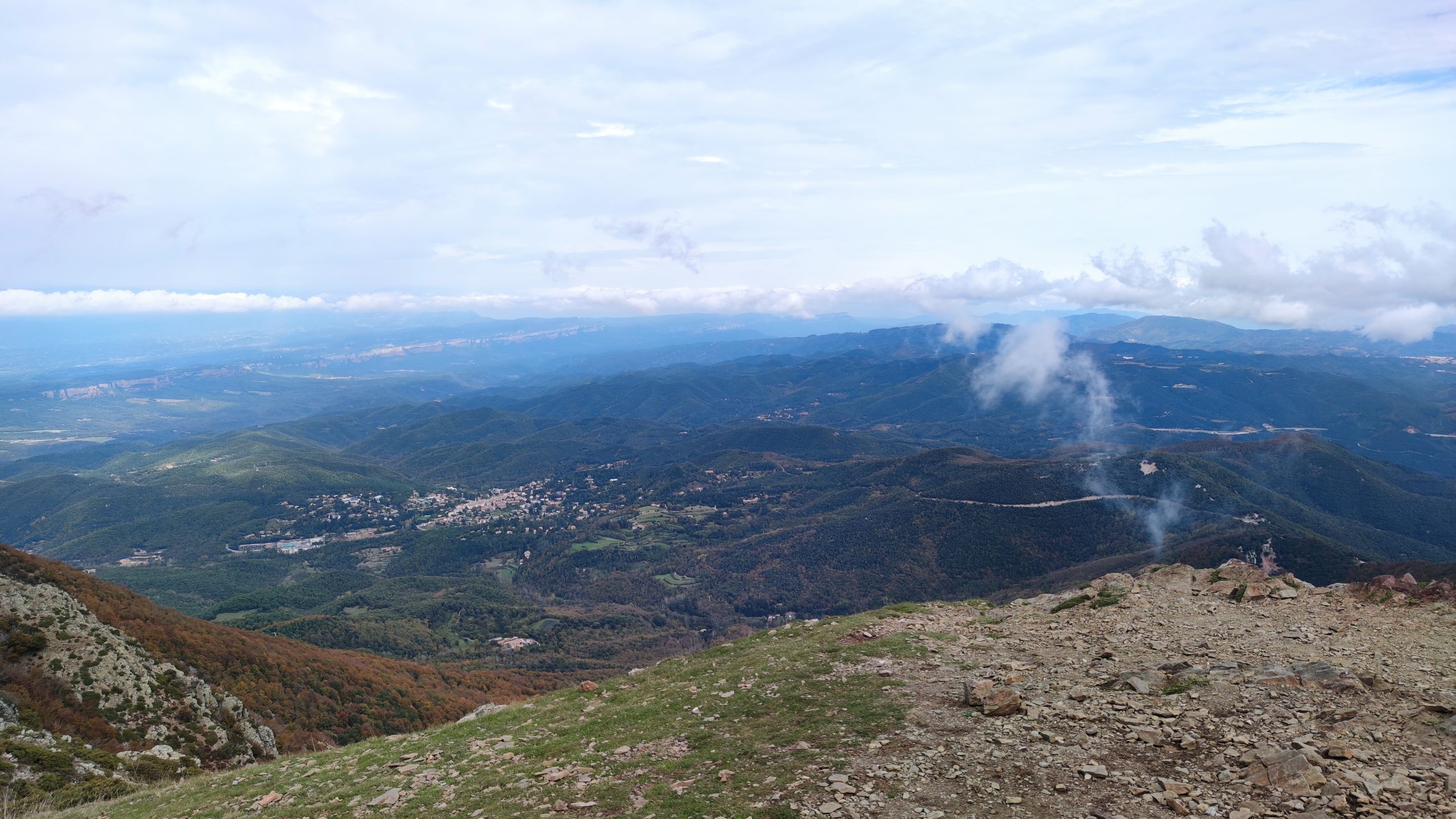
He walks across much of Catalonia between 1843 and 1848, preaching the Word of God, always on foot, not collecting money or gifts for his ministry. It moves him to imitate Jesus Christ and the apostles. Despite his political neutrality, he will soon suffer persecution and slander from those who accuse him of favoring the more conservative parties. In each location, he preaches missions to the people and conducts retreats for priests and religious. He soon discovers that also other means of apostolate may help him ensure the effectiveness and continuity of the fruits of the missions: public prayer books, catechisms, and prints aimed at priests, nuns, children, youth, married, parents, etc.; in 1848 he founds the Religious Library, a publishing house which in its first eighteen years launches 2,811,100 copies of books, 2,509,500 of small books and 4,249,200 leaflets.
As effective means of perseverance and progress in the Christian life he founds or promotes religious brotherhoods, including the Confraternity of the Immaculate Heart of Mary, and writes the book “Daughters of the Blessed and Immaculate Heart of Mary”, which eventually will inspire the birth of the secular institute of Cordimarian affiliation.
Unable to continue preaching in Catalonia because of the outbreak of the Second Carlist War, his superior sends him to the Canary Islands. From February 1848 to May of the following year, he covers most of the island of Gran Canaria and two locations of Lanzarote Island. Colloquially, he is soon started being called “el Padrito”. He became so popular that he is co-patron of the diocese of Las Palmas, along with the Virgen del Pino.
Missionary Bishop in Cuba
Once consecrated bishop, he remains missionary. With the staff of the Good Shepherd, he visits his diocese three times. He delivers the bread of the Word, of culture and of human dignity. He is persecuted and sheds his blood to serve God and the poor.
Back in Catalonia, on July 16, 1849, he founds in a cell of the seminary of Vic, the Congregation of the Missionary Sons of the Immaculate Heart of Mary. The great work of Claret begins humbly with five priests endowed with the same spirit as the Founder. A few days later, on August 11, Mossen Anton knows his appointment as Archbishop of Santiago de Cuba. Despite his resistance and his concern about the Religious Library and the newly founded Congregation of Missionaries, he is made, by obedience, to accept the position. He is consecrated bishop on October 6, 1850, at the Cathedral of Vic.

The situation on the island of Cuba is deplorable: exploitation and slavery, public immorality, family insecurity, disaffection for the Church and especially progressive dechristianization. Upon arrival, the new archbishop understands that what is most needed is to undertake some renovation work in the Christian life and promotes a series of missionary campaigns, in which he participates, bringing the Word of God to all villages. He gives his episcopal ministry a missionary significance. In six years he toured most of his vast diocese three times. He feels concerned about the spiritual and pastoral renewal of the clergy and the founding of religious communities. For youth education and care of welfare institutions he manages to have the Escolapios, the Jesuits and the Daughters of Charity established on the island; along with M. Antonia Paris he founded the convent of Sisters of Mary Immaculate or Claretian Missionaries on August 27, 1855. He fights against slavery, creates a farm school for poor children, sets up a savings bank with a marked social character, founds Popular libraries, writes two books on agriculture, etc. Such an intense and diverse activity involves confrontation, slander, persecution, and attacks on his person. He suffers one attack in Holguin, on February 1, 1856, that almost costs him his life. It brings him the joy of martyrs who shed their blood for Christ.
Royal Confessor and apostle in Madrid and Spain
Although he feels like a caged bird, the years spent in Madrid are of the most human, spiritual and apostolic maturity. His evangelizing influence reaches throughout the peninsula, and the Gospel permeates the popular culture of his time with his writings and initiatives.
Queen Isabel II personally chooses him as her Confessor in 1857, and therefore he has to move to Madrid. He must go to the palace at least weekly to exercise his ministry as confessor and deal with the Christian education of Princess Isabel and Prince Alfonso and princesses who will be born in successive years. Because of his spiritual influence and determination, the religious and moral situation of the Court is gradually changing. He lives simply and poorly.
Palace standards do meet neither the time nor the apostolic spirit of Archbishop Claret: he exerts an intense activity in the city, he preaches and confesses, writes books, visits prisons and hospitals. He takes advantage of the royal traveling with the Kings by Spain to preach everywhere. He promotes the Academy of San Miguel, a project aiming to bring together intellectuals and artists to “associate to promote the sciences and the arts under the religious aspect, combining their efforts to combat errors, spread good books and good doctrines. ”
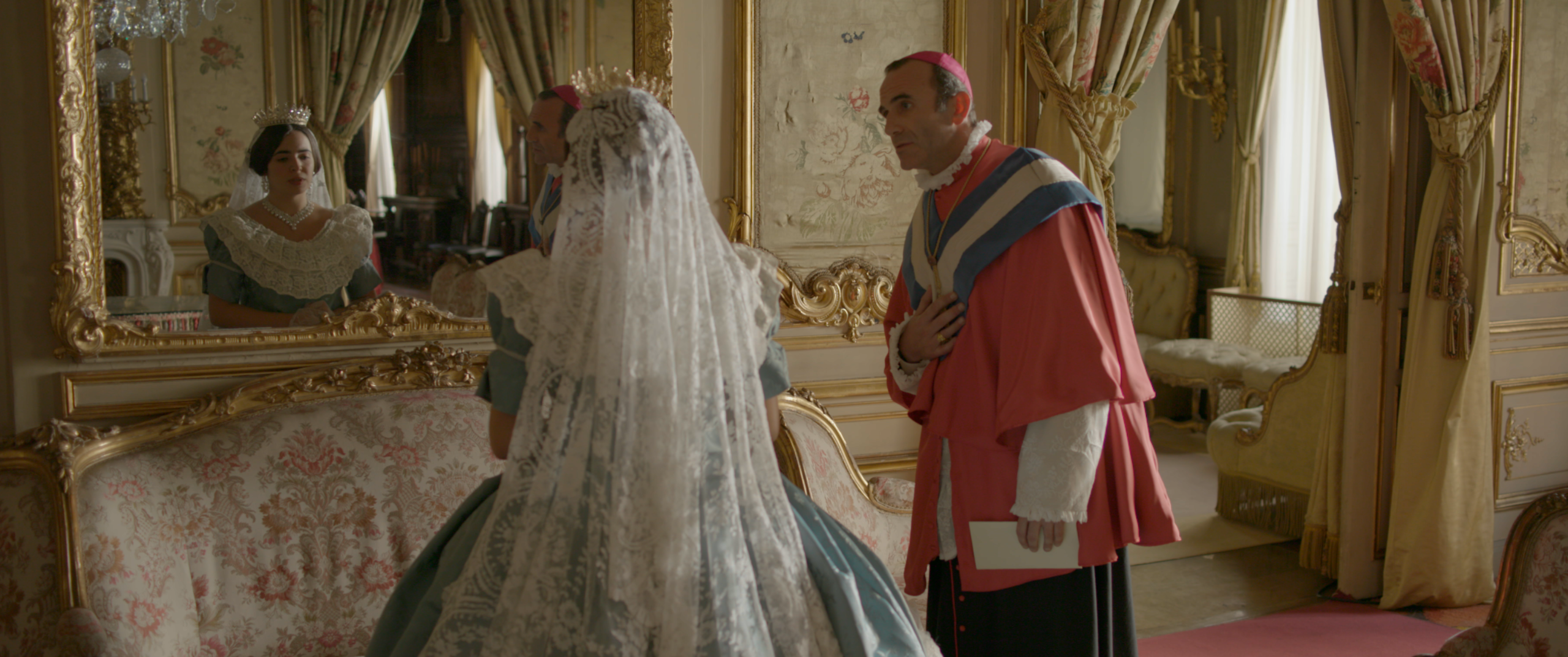
In 1859 the Queen appoints him Protector of the church and hospital of Montserrat, Madrid, and Chairman of the monastery of El Escorial. His management of this institution cannot be more effective and wider: restoration of the building, recovery of productive fields for financing, equipping the church, establishment of a Chaplains corporation, an inter-diocesan seminary, a college of secondary education and the first courses at a university.
One of his biggest concerns will be to endow Spain with suitable bishops fully dedicated to their mission and protect and promote the consecrated life; in this regard, he influences spiritually several founders and helps many new religious congregations to regularize their civil and ecclesiastical situation.
He constantly tries to keep up his independence and political neutrality, a fact that brings him multiple feuds. He becomes the target of hatred and revenge of many: “Despite having always proceeded with great caution in this field – he refers to favoritism-, I have not escaped the gossip” he states. His union with Jesus Christ reaches a peak in the grace of the sacramental species conservation, granted in La Granja (Segovia) on August 26, 1861.
The final path towards Easter
After preaching in Paris and Rome, he feels that he has accomplished his mission. Sick, slandered and persecuted, he renders his spirit on the cross of exile. He who sought to imitate his Lord at all times, eventually, he ran His Easter path.
Following the revolution of September 1868, he goes with the Queen into exile. In Paris, he continues his ministry with the Queen and the Prince of Asturias, founds the Conferences of the Holy Family and lavishes in many apostolic activities, especially for immigrants.
In April 1869, on the occasion of the celebration of the priesthood golden jubilee of Pope Pius IX and the preparatory work of the First Vatican Council, he says goodbye to the royal family and moves to Rome, where he lives in the convent of San Adrián, the Mercedaries. At the Council, he intervenes passionately in favor of papal infallibility.
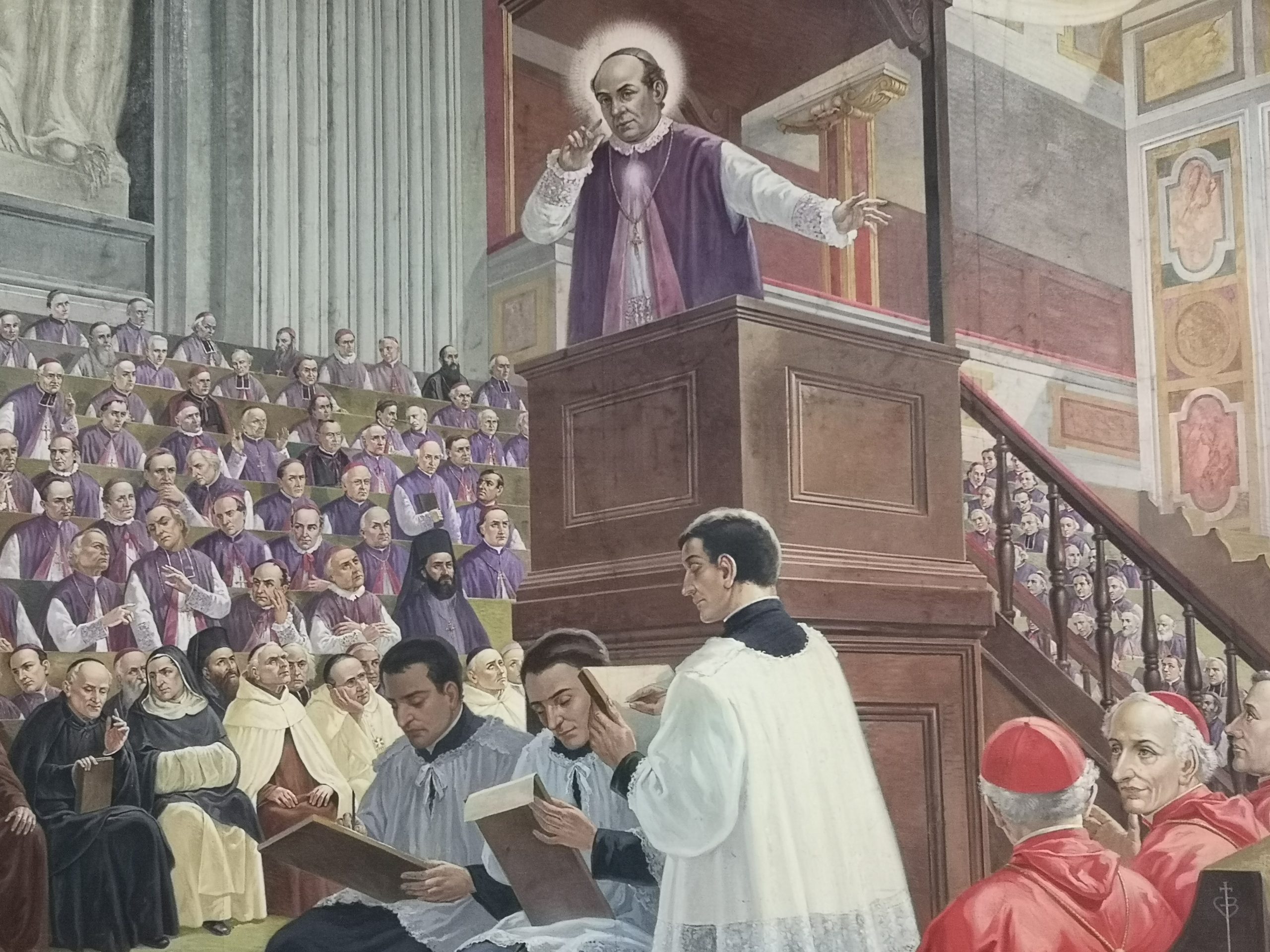
After the sessions, with rather broken health and having a premonition of his death, he moves to the community that their missionaries exiled from Spain have settled in Prades (France). There come his pursuers, seeking to arrest him and bring him to Spain for trial. Therefore, he is forced to flee as a criminal and take refuge in the Cistercian monastery of Fontfroide, near Narbonne. In this hidden monastery, surrounded by the love of the monks and some of his missionaries, he dies, at 62 years and 10 months of age, on October 24, 1870.
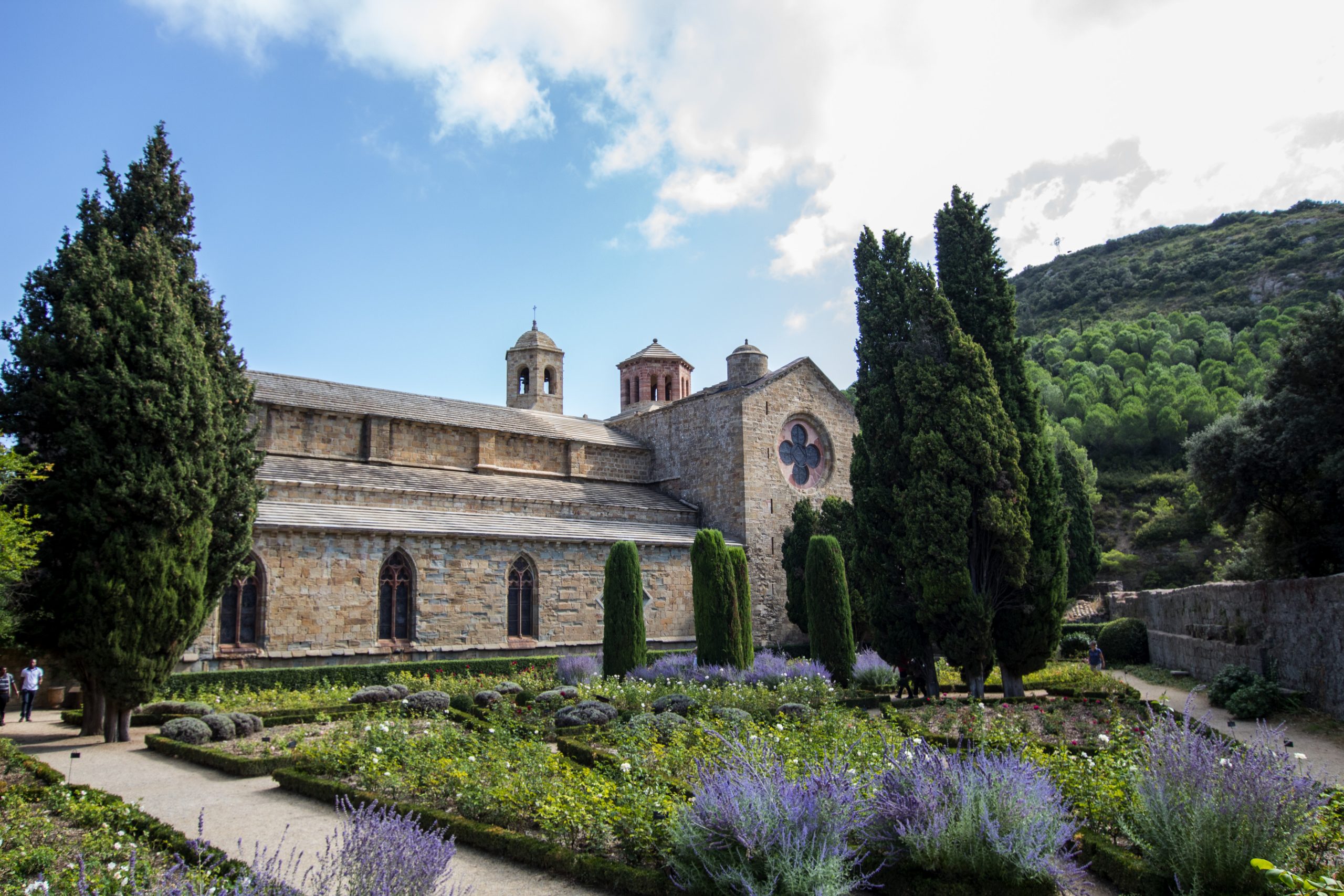
His remains are moved to Vic in 1897. It is beatified by Pope Pius XI on February 25, 1934, and canonized by Pope Pius XII on May 7, 1950.



